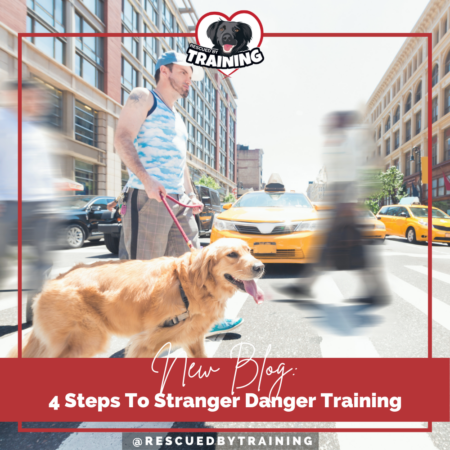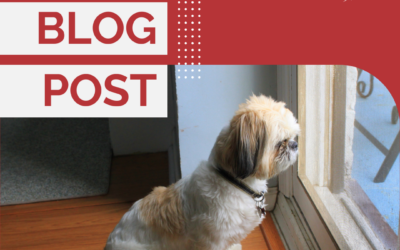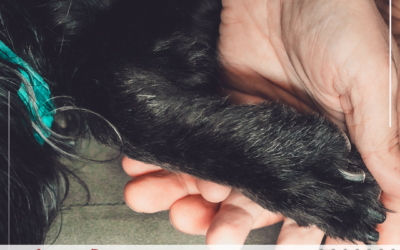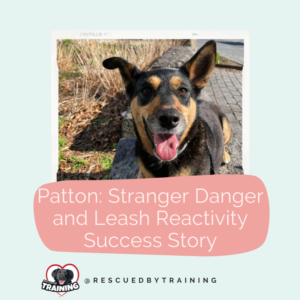 When you have a dog who is afraid of stranger and leash reactive, it can make walks and just living your life, very challenging. It’s embarrassing, disruptive and in some cases, possibly dangerous,
When you have a dog who is afraid of stranger and leash reactive, it can make walks and just living your life, very challenging. It’s embarrassing, disruptive and in some cases, possibly dangerous,
But there are things we can do in the course of training to help your dog feel more comfortable and help give you relief on walks. One of the first steps is learning your dog’s body language and identifying their signs of anxiety and fear. You can download my free dog communication handout here.
Today I’m sharing a recent success story about Patton and including 4 steps that helped make her case a success.
Step 1: Manage Your Dog’s Environment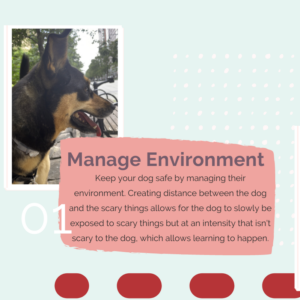
When you’re having people over, put your dog away. It’s OK. I give you permission. It’s actually better to put your dog away than force them to be exposed to strangers at an uncomfortable intensity. They won’t just learn to “deal with it” – they’ll learn that strangers are indeed as scary as they thought they were. Flooding your dog with the thing that scares them won’t help.
When you’re out on walks, try walking at off-peak hours or transport your dog to less busy areas for walking. If your dog just can’t go outside without being triggered, then it might be time to look at an indoor potty area until some training progress can be made.
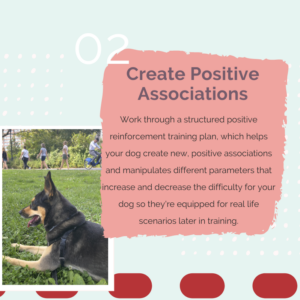
Step 2: Create Positive Associations.
Work through an incremental, structured training plan, always feeding when your dog sees their trigger, whether they’re reacting or not. This helps turn their underlying emotion from “uh-oh” to “yippee”! Remember, when your dog is afraid, we need to change how they feel in a situation, not just focus on the outward behaviors like barking or lunging. This is important and it’s why we don’t ever punish a dog for communicating. Behavior suppression is not behavior modification.
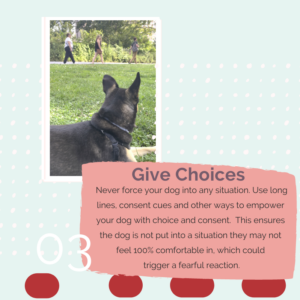
Step 3: Give Your Dog Choices
Never force your dog into a situation. We need to make sure the dog always has the right to “vote with their feet” and decide enough is enough or that they want to move away. This means not asking them to sit/stay or do some other required behavior to earn the reward.
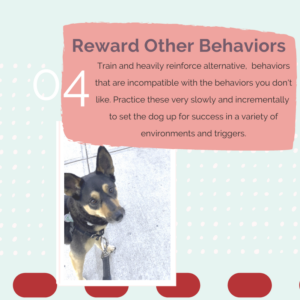
Step 4: Reward Other Behaviors
While we’re helping your dog feel better about people (or dogs, or whatever they’re afraid of) we can also train other skills, and reward those so your dog ultimately chooses to do that behavior instead. This requires an incremental plan that factors in all the elements of your dog’s environment, triggers, intensity and more so if you need help, be sure to grab one of my one on one sessions today. There is hope for your dog and I can help you! Book today!
And, be sure to sign up for my free weekly newsletter so you don’t miss out on free tips, videos, personal stories, client successes and more!
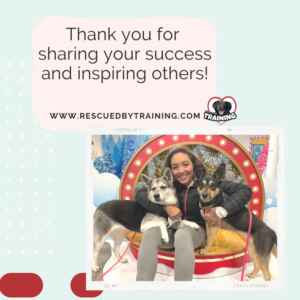
And a very special thank you to Patton’s guardian for sharing her success story and allowing me to feature it, to help inspire you and others that there is hope if your dog is reactive to dogs or strangers!
Happy training!
![]()

